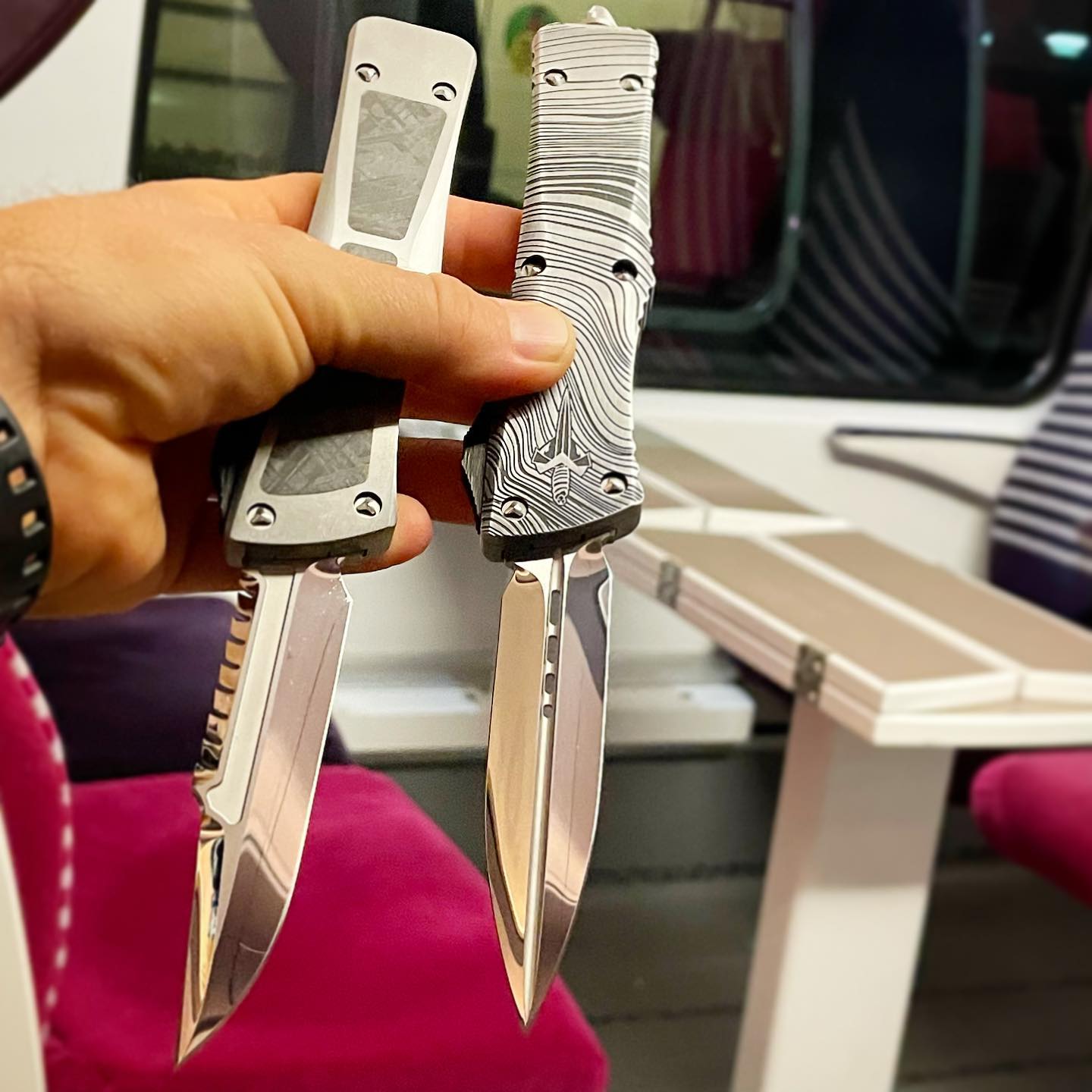
The art of crafting a knife is a timeless pursuit that merges craftsmanship with scientific precision. For centuries, bladesmiths and knife makers have honed their skills to create exquisite, sharp-edged tools that serve a variety of purposes. In this blog post, we'll delve into the world of knife making, exploring the delicate balance between art and science that defines this craft.
The Perfect Blade: A Blend of Artistry and Science
Creating the perfect knife blade is no simple task. It involves an intricate dance between artistic vision and scientific principles. Let's break down the key elements of knife making:
Materials Selection: The foundation of any knife is the choice of materials. Knife makers meticulously select steel alloys, each with its unique properties, to ensure the blade's strength, hardness, and corrosion resistance.
Heat Treatment: Achieving the right balance of hardness and toughness is where science takes center stage. Bladesmiths carefully heat and temper the blade to set the crystalline structure of the steel, enhancing its performance.
Forging and Shaping: The artistry comes into play during the forging and shaping of the blade. Knifemakers use hammers, anvils, and grinders to mold the steel into the desired shape, whether it's a chef's knife, hunting blade, or intricate dagger.
Grind and Edge: Precision is crucial in crafting the edge. The angle and geometry of the edge are determined through calculations and grinding techniques, ensuring it will slice effortlessly.
Handle and Aesthetics: The handle, often made from various materials, adds the finishing touch to the knife. This is where creativity and artistry flourish as makers design grips that are functional and visually appealing.
Testing and Quality Control: Once the knife is complete, scientific testing ensures it meets quality standards. Hardness testing and sharpness assessments are just a few of the evaluations knives undergo.
Customization and Tradition
The world of knife making is filled with tradition and customization. Bladesmiths often have their unique styles and techniques, passed down through generations. Custom knives are tailored to individual preferences, with unique handles, engravings, and even personalized blades for specific uses.
Modern Technology and Innovation
In recent years, modern technology has made its mark on knife making. CNC machines and water jet cutters are used to create precise blanks, while innovations like powder metallurgy and laser-cutting techniques have expanded possibilities.
Conclusion
Knife making is a captivating blend of artistry and science. It's a craft that pays homage to tradition while embracing innovation. Whether you're a bladesmith forging heirloom pieces or a modern knifemaker utilizing cutting-edge technology, the pursuit of creating the perfect blade is an ever-evolving journey. The beauty of knife making lies in the harmony between artistic vision and scientific precision, resulting in a tool that is not just sharp but a work of art.


